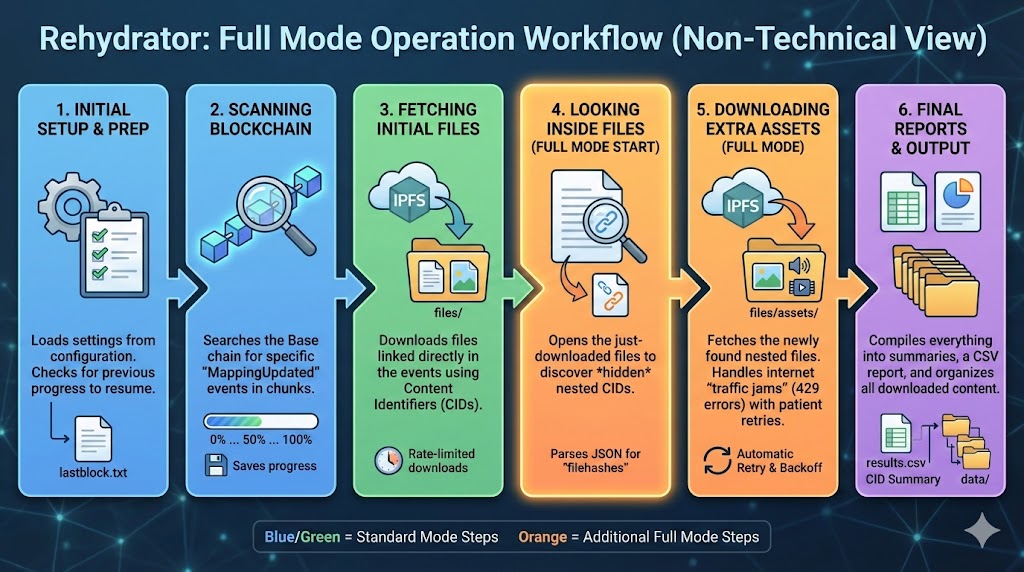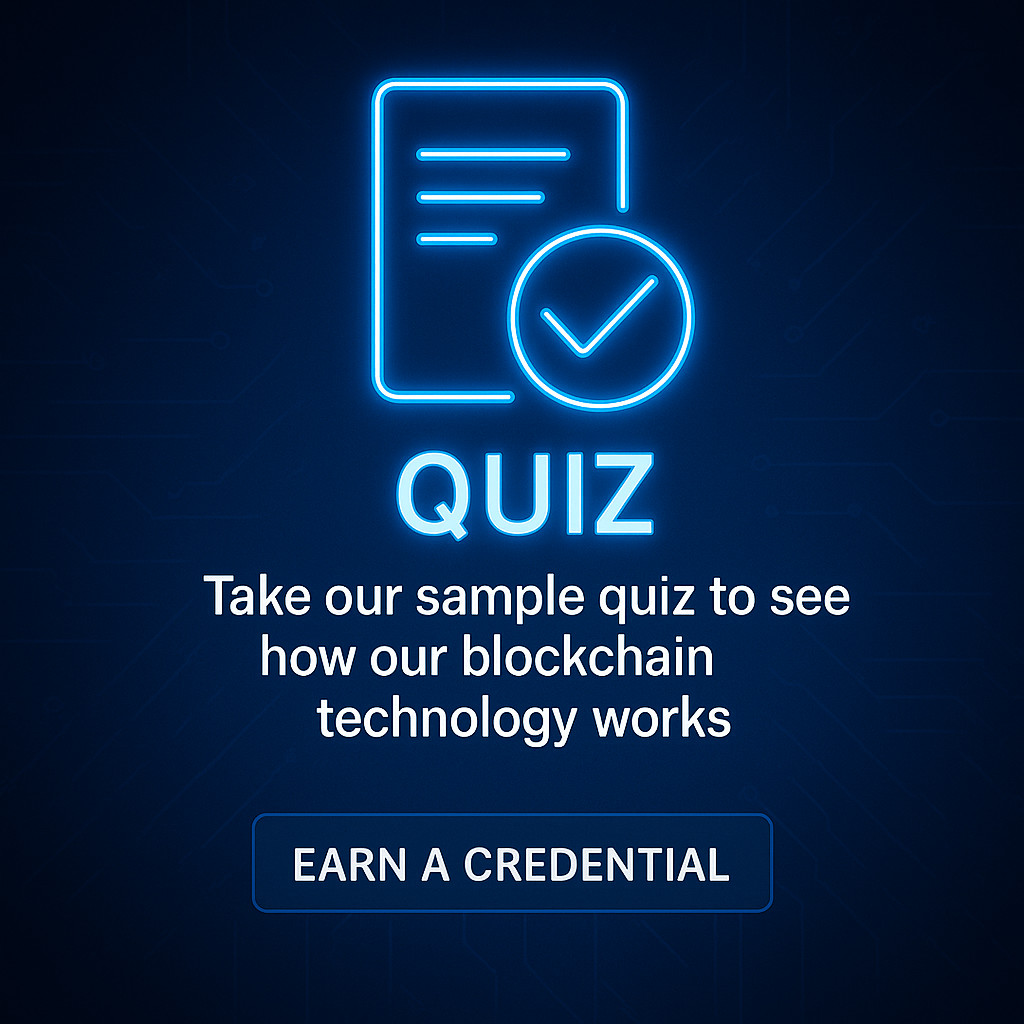by Sol Nasisi
Share
by Sol Nasisi

In today’s digital world, proving the authenticity and integrity of a file—whether it’s a diploma, a legal contract, a creative work, or a dataset—is more important than ever. Files can be copied, altered, or forged with ease, often without leaving a trace. Chainletter provides a powerful solution to this problem through its blockchain-based stamping and verification service.
But what exactly does it mean to “stamp” or “verify” a file using Chainletter?
What Is Stamping?
Stamping is the process of creating a unique, tamper-proof fingerprint of a file and storing that fingerprint on the blockchain.
Here’s how it works:
You upload a file—this can be a PDF, image, audio, video, or any digital document.
Chainletter’s system generates a cryptographic hash of the file. This is a unique string of letters and numbers that represents the contents of the file. Even a single character change in the file would result in a completely different hash.
The hash is permanently recorded on the blockchain, along with metadata like the timestamp and optional information about the owner or issuer.
The result: a public, immutable, and timestamped record that proves the file existed in exactly that form at a specific time.
Think of it like notarizing a document—but instead of relying on a human notary, you’re using the blockchain, which cannot be tampered with or falsified.
What Is Verifying?
Verifying is the process of checking whether a file matches a previously stamped version.
When someone wants to verify a file:
They upload or drag the file into the Chainletter verification tool.
Chainletter generates a new hash of the uploaded file.
It compares this hash to the one stored on the blockchain.
If the two hashes match, the system confirms that the file is authentic and untampered.
Verification can be done by anyone—recipients, reviewers, or third-party auditors—without needing access to the original stamping account. This makes it easy to prove authenticity to clients, employers, courts, or consumers.
Why It Matters
Chainletter’s stamping and verification system offers a powerful way to:
Prove ownership and originality of creative work
Ensure document integrity in legal, medical, or compliance contexts
Protect against fraud in supply chains, journalism, education, and beyond
Build trust with customers, partners, and regulators
And because it’s built on blockchain technology, the verification process does not rely on a central authority or third-party service—it’s distributed, permanent, and verifiable by design.
Use Cases
Organizations and individuals use Chainletter to stamp and verify:
Diplomas and certificates
Legal contracts and NDAs
Photographs and design files
Scientific data and research outputs
Product manuals and policy documents
In each case, the process is fast, easy, and cost-effective—and the resulting confidence in the file’s authenticity is invaluable.
Final Thoughts
With Chainletter, “stamping” means creating a permanent, blockchain-secured record of a file’s integrity and existence. “Verifying” means proving that a file hasn’t changed since it was stamped. Together, these processes bring transparency, accountability, and trust to an increasingly digital world.
Whether you’re protecting intellectual property, issuing verified credentials, or securing sensitive files, Chainletter gives you the tools to prove what’s real—and what’s not.




